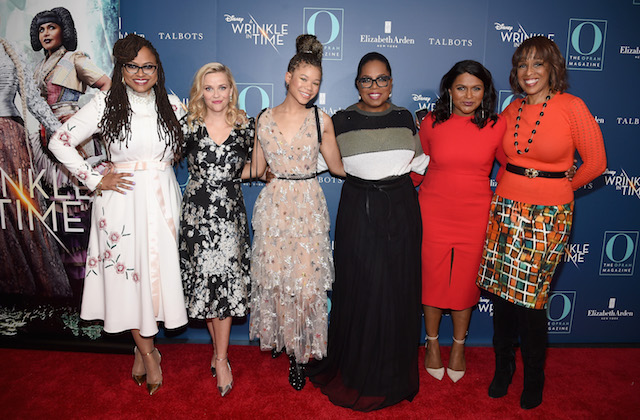Years of film industry chatter on the economic and moral significance of hiring with a focus on diversity has yet to transform Hollywood into a significantly equitable place. The University of Southern California’s (USC) Annenberg Inclusion Initiative proved how little has changed in a report on cinema demographics it released today (July 31).
rnt
Want to work in Hollywood? New @Inclusionists report: straight, white, able-bodied males are the norm. #InclusionCrisis https://t.co/bWdT85DnX8 pic.twitter.com/9nfhPUQINT
rnt— Annenberg Inclusion Initiative (@Inclusionists) July 31, 2018
rn
"Inequality in 1,100 Popular Films: Examining Portrayals of Gender, Race/Ethnicity, LGBT & Disability from 2007 to 2017" is the USC think tank’s latest report on the ways the industry’s diversity rhetoric fails to live up to reality. The new study evaluates the characters, cast and behind-the-scenes staffing of the 100 top-grossing films every year between 2007 and 2017. It analyzes these components for representation of women, people of color, LGBTQ individuals and people with disabilities.
Here are a few key findings from the full report, which the initiative published at USCAnnenberg.org:
Only 5.2 percent of all 1,100 top-grossing movies were directed by Black filmmakers.
rntWithin the 11-year period, Black women directed only four, or less than 1 percent, of the 1,100 films. The ratio of Black male directors behind profitable films dropped from 7.1 percent of the total in 2007 to 4.9 percent in 2017.
Asians make up just 3.1 percent of all 1,100 films’ directors.
rntAsian women helmed only three of these films, with Jennifer Yuh Nelson ("Kung Fu Panda" franchise) behind two of the three.
Many of the top 100 films of 2017, the year of "Get Out" and "Girls Trip," did not feature a woman of color in a speaking role.
rntForty-three of these films featured no Black women, 64 had no Latinx women and 65 had no Asian women. By contrast, only seven movies featured no White women.
Racism and ableism intersected to make the few characters with disabilities overwhelmingly White.
rntA total of 41 of 2017’s top-grossing films featured characters with disabilities. Of those characters, only 27 percent were from communities of color.
Of those 1,100 films surveyed, Indigenous Americans and Native Hawaiians each made up less than 1 percent of all characters with discernable ethnicities.
rntThose with Middle Eastern heritage constituted 1.7 percent, making them the third-most underrepresented group in film.
